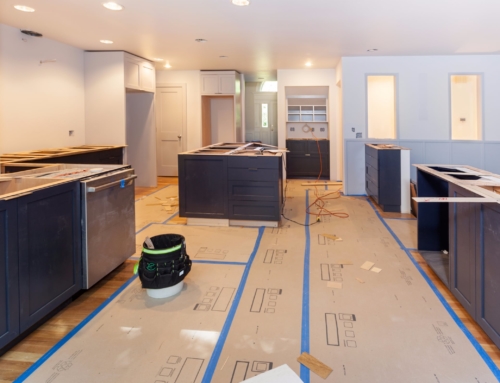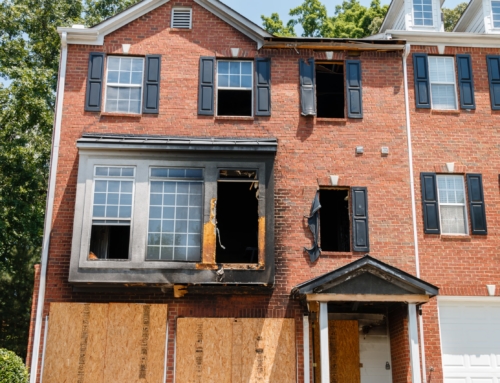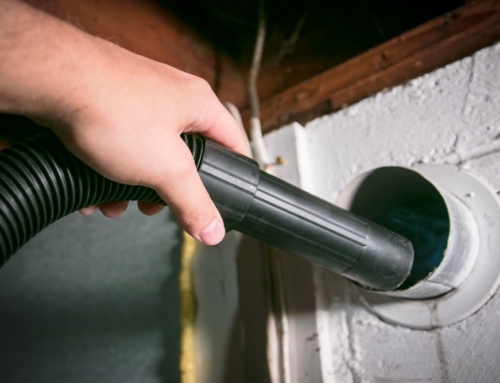What color is your subdivision?
If you’re not living or working within the world of environmentalism, you may think the question refers to the colors people have painted their homes.
But according to Bill Browning, co-author of the new book, “Green Development,” and an associate with the Rocky Mountain Institute, green real estate is actually residential, commercial and industrial developments where preservation of nature and the environment has been a high priority.
“The greening of real estate is really looking at environmental issues as opportunities to make better places for people. (Green developers) are looking at things like habitats for critters, indoor air quality, energy efficiency, and where the materials that go into your buildings come from, and they’re looking at those as opportunities to create more cost-effective and less expensive buildings to operate, healthier buildings to live in and better places for the general environment as well,” Browning explained.
Browning’s book is actually a tome for environmental developer wannabes, rather than the general public. It is filled with case studies of places around the country where developers successfully married the concepts of habitat and building. And it comes along with a CD-ROM that allows developers to connect to a web page and find out more information about the developments.
What do green residential developments look like? One thing you’ll probably see is a lot of green, as in trees, grassy areas, and preserved wetlands. But typically, green residential developments have other features mixed into them, Browning notes.
“Typically they’ll have some work spaces mixed in, and maybe some retail, and community spaces as well. Roads tend to be narrower so they slow down traffic and make (the community) safer for children. They typically have more trees. Typically the buildings are aligned so they can get solar access,” Browning says.
As an example, Browning cites a green neighborhood called Village Homes, in Davis, California. The project was started in 1975 and was finished in 1982. The streets are only wide enough for two fire engines to sit next to each. That design was no accident, Browning says. The developers actually put two fire engines together and figured out exactly how much space would be needed on the street to easily load and unload them in case of an emergency.
The development’s smaller, winding roads are inviting. There is also a walking path that was planted with nut and fruit trees and berry and herb bushes. Browning says residents will often walk outside with bowls and pick their breakfasts.
If that sounds like a piece of heaven, here’s something else to chew on. Browning says that green developments often hold their value better and appreciate faster than regular subdivisions.
The 1,800 square foot houses in Village Homes originally sold for $40,000 to $60,000, Browning says. At the time, it was difficult to convince real estate agents to show the homes at all. Today, “these homes now sell for a premium of $25 per square foot and turn over in a third of the time of the market average. Some of these houses aren’t even 1800 square feet in size and sell for almost $300,000,” Browning adds.
Unfortunately relatively few developers are building green developments today, though Browning estimates that the number is rising. How can you find a green development?
One way is to start asking the builder questions about wildlife habitats. Were they preserved? Were there wetlands on the site? Did you preserve them or make them part of the drainage system? Can I walk to work, shopping or schools? Do you have walking trails or jogging paths built into the development? Browning says that developers who address issues like these are more likely to be environmentally conscious.
At Prairie Crossing, a green development in Grayslake, Illinois, developer Victoria Ranney says that she and her fellow builders decided to dive into development specifically to save a gorgeous piece of land.
“We wanted to know what would happen there, and we wanted to control it,” She says. So they preserved a working farm, complete with barn and silo, where residents are invited to keep small animals, like goats. There are gardens that residents can plant, and all of the home sites look out onto open space. So far, about a quarter of the 400 home sites have been sold, and the development has made money from the get-go.
“One of the key lessons we learned over the course of doing the book and CD-ROM, is that green developments don’t necessarily cost more to build,” says Browning. “They definitely perform better in the marketplace and are absolutely less expensive to live in and work in.”
Published: Feb 2, 1998






Leave A Comment